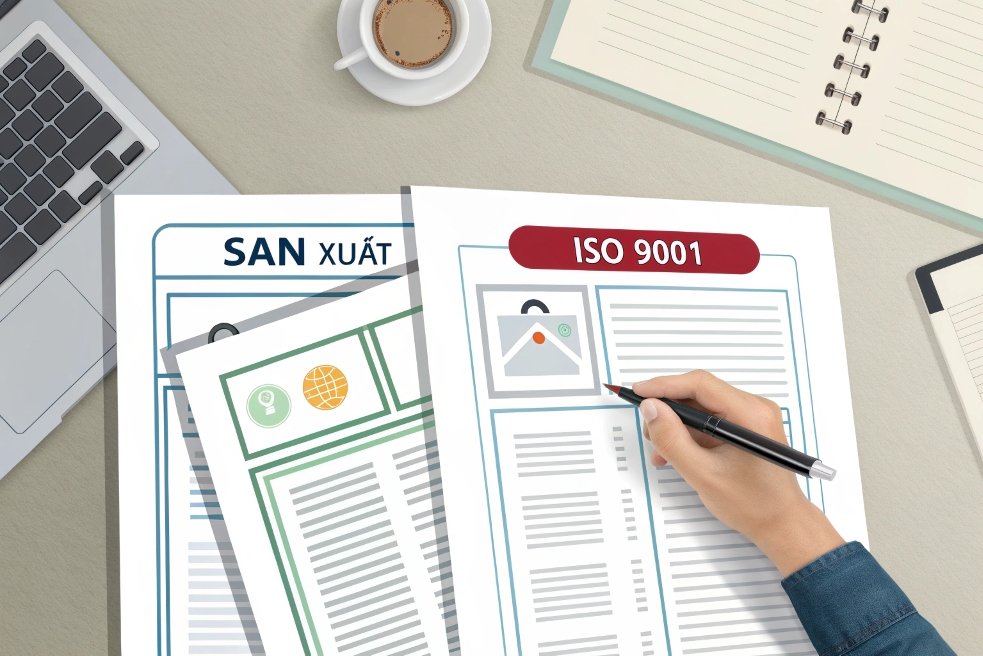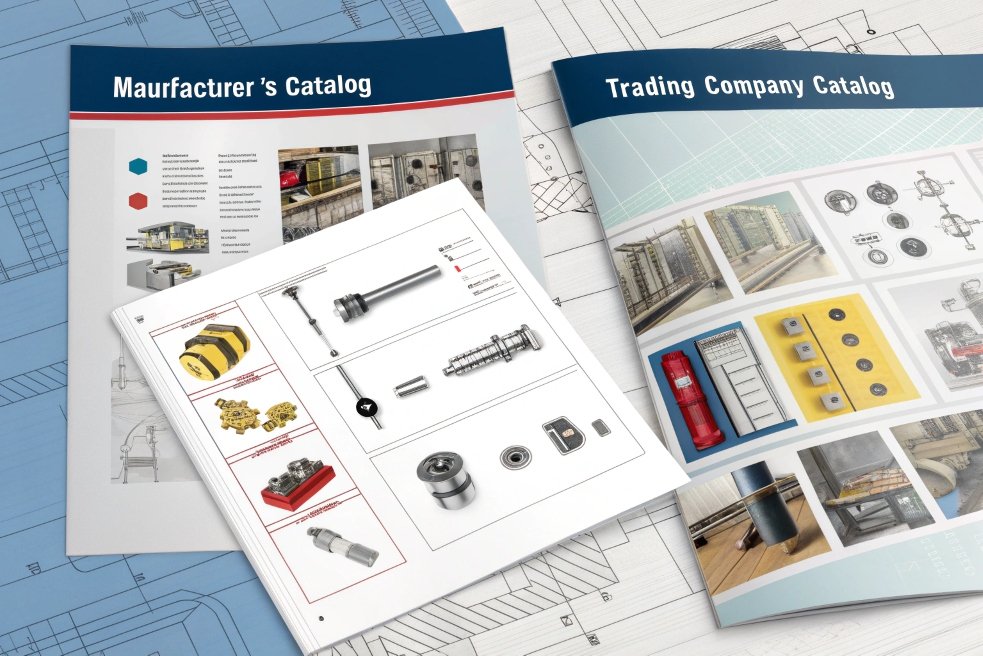
When I sourced custom steel parts for the first time, I thought I was dealing with a factory—until the supplier ghosted me during a technical conversation. Turned out, they were just a middleman.
To identify whether a Vietnamese steel parts supplier is a factory or a trading company, analyze their business license, location, product range, facility access, MOQs, and request proof through factory visits or third-party audits.
If you choose the wrong type of supplier, you may face delays, poor quality, or unexpected costs. This article shows you how to identify the real manufacturers and avoid costly surprises.
What documents prove a supplier is a manufacturer?
It’s tempting to trust what a supplier says, but paperwork rarely lies. I’ve learned to always ask for documentation first.
The most reliable documents to prove a supplier is a manufacturer include their business license, quality certifications, and factory audit reports. These should name the company and confirm production activities.

The business license 1 is a key document. Check the “Business Scope” section. Real manufacturers will include phrases like:
- "Manufacturing"
- "Processing"
- "Production"
Trading companies usually mention:
- "Wholesale"
- "Retail"
- "Distribution"
You should also ask for ISO 9001, ISO 14001, or other relevant certifications 2. Many certificates include the manufacturer’s legal name and address. If the name on the certificate doesn’t match your supplier, that’s a major red flag.
Here’s a checklist for verifying documentation:
| Document Type | What to Look For |
|---|---|
| Business License | Production-related terms in Business Scope |
| ISO or Quality Certifications | Name/address match with supplier’s registration |
| Factory Audit Reports | Third-party inspection confirming facility existence |
| Test Reports | Manufacturer’s name on material or product testing |
Always compare the information across these documents. Inconsistent names or vague details should raise concerns.
Why does product range reveal the supplier’s true identity?
Once, I saw a supplier list CNC parts, furniture hardware, and handbags. That’s when I knew something wasn’t right.
Manufacturers typically focus on a narrow product range related to their equipment and capabilities, while trading companies often offer a wide variety of unrelated products.

Factories invest in specific machines—like CNC machines, laser cutters, or welding stations. That means they usually produce only what their machines are designed for.
Here’s how product range can be a strong indicator:
| Supplier Type | Product Range Example |
|---|---|
| Manufacturer | CNC steel shafts, brackets, bushings (all machined parts) |
| Trading Company | Steel parts, garden tools, plastic containers, LED lights |
You can usually spot this difference on the supplier’s website or Alibaba page 3. Check how specific their product categories are. If they list dozens of unrelated items, they’re likely sourcing from other manufacturers.
Manufacturers may also show internal R&D capabilities or mold-making services, while traders focus on catalogs and resale.
Another thing to check: customization depth. Factories can adjust dimensions, materials, or finishes based on your technical drawings. Trading companies usually just forward your request and hope their network can fulfill it.
How does factory audit help verify manufacturing capability?
The fastest way to the truth is a visit. Whether virtual or physical, audits show what words and websites often hide.
A factory audit helps verify the supplier’s manufacturing capabilities by inspecting their equipment, workforce, processes, certifications, and quality control systems.

I’ve used both in-person visits and third-party services like V-Trust or SGS 4. These inspections usually cover:
- Factory layout and machinery
- Raw material storage and handling
- In-house quality control
- Production flow (cutting, machining, finishing, packing)
Auditors will also compare paperwork to reality. Does the ISO certificate match the name on the signboard? Is there a working production line?
Here’s what an audit report typically covers:
| Audit Section | What It Verifies |
|---|---|
| Legal Information | Business license, tax registration, export license |
| Facilities & Equipment | Type and condition of production machinery |
| Production Process | Whether they manufacture or outsource core components |
| Quality Control System | QC team, inspection equipment, standard procedures |
| Workforce | Staff count, skill level, training programs |
If the supplier refuses an audit or constantly postpones a visit, that’s a sign they might be a trading company—or worse.
Can low MOQs indicate a trading company?
Low MOQs can be attractive. But they often come with hidden risks—especially if you’re expecting factory-level quality and control.
Trading companies typically offer lower Minimum Order Quantities (MOQs) since they source from multiple factories, while real manufacturers often require higher MOQs due to production efficiency.

Here’s how to interpret MOQs in context:
| MOQ Level | Likely Supplier Type |
|---|---|
| 10–100 pcs | Trading company or reseller |
| 500–1000 pcs | Small to mid-sized factory |
| 3000+ pcs | High-capacity manufacturer |
Of course, some genuine factories may offer lower MOQs during off-peak seasons or for sample orders. But consistently low MOQs across multiple product lines often suggest the supplier is aggregating orders from different manufacturers.
You can also reference tools like the Blacksmith Vietnam sourcing guide 5 to cross-check typical MOQ expectations and red flags.
Other related signs:
- Inconsistent pricing across quotes
- Long lead times despite low volumes
- Changes in packaging or product specs between batches
It’s not just about quantity. It’s about how and why they offer low quantities.
Conclusion
To avoid middlemen and ensure reliable quality, verify whether your supplier is a factory or a trader. Look at their documents, product focus, MOQs, and always consider audits or factory visits to confirm what they claim.
Footnotes
-
Learn how to read Vietnamese business licenses to verify manufacturing activities. [#] ↩
-
Explore SGS audit services and ISO certification verification processes. [#] ↩
-
Guide on how Vietnamese trading companies structure product catalogs. [#] ↩
-
Overview of third-party factory audit services available in Vietnam. [#] ↩
-
Learn about common MOQ thresholds and sourcing signals in Vietnamese manufacturing. [#] ↩

